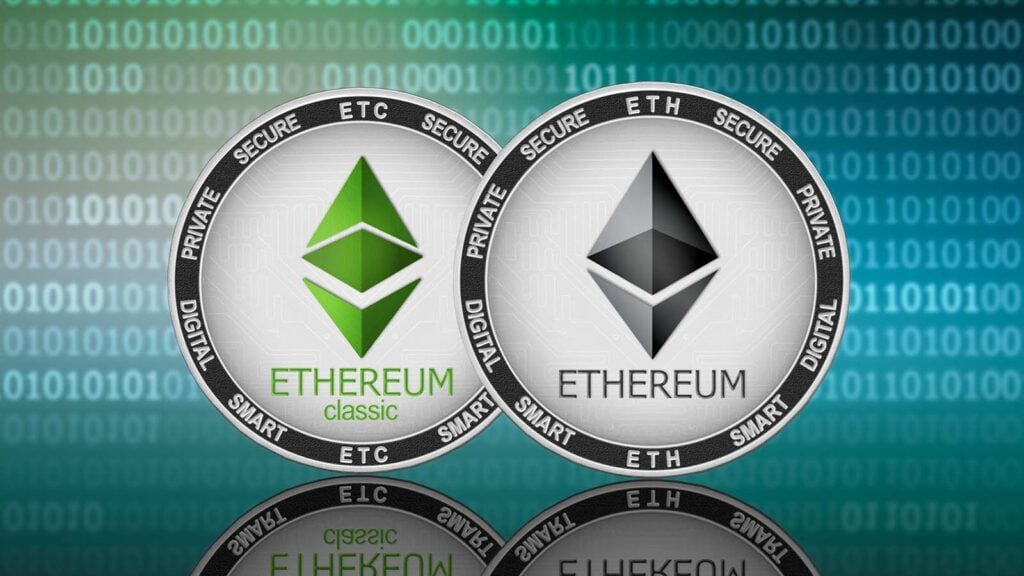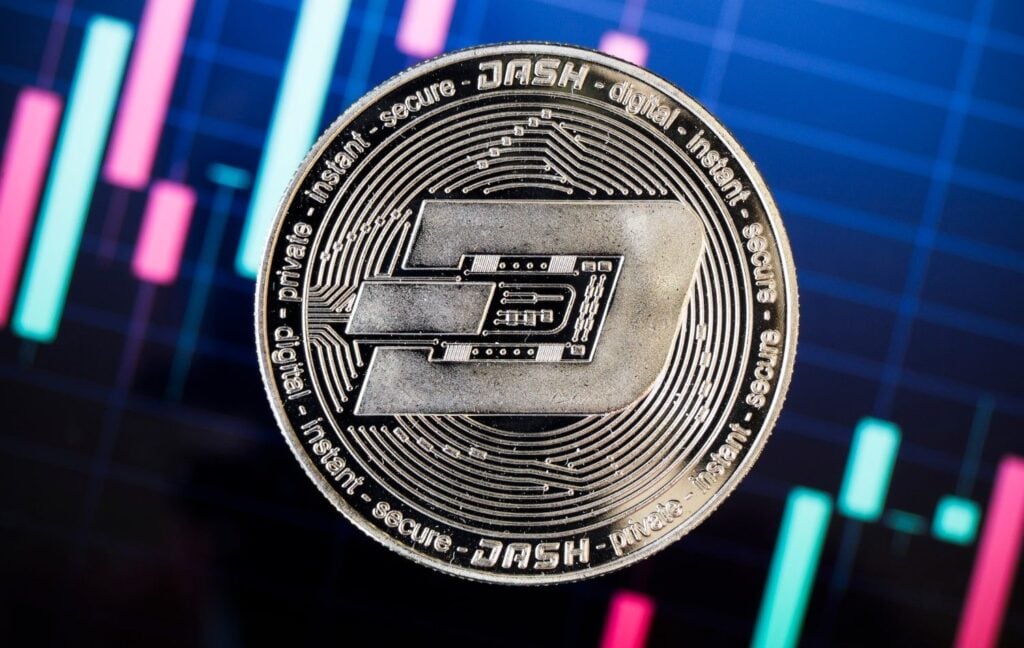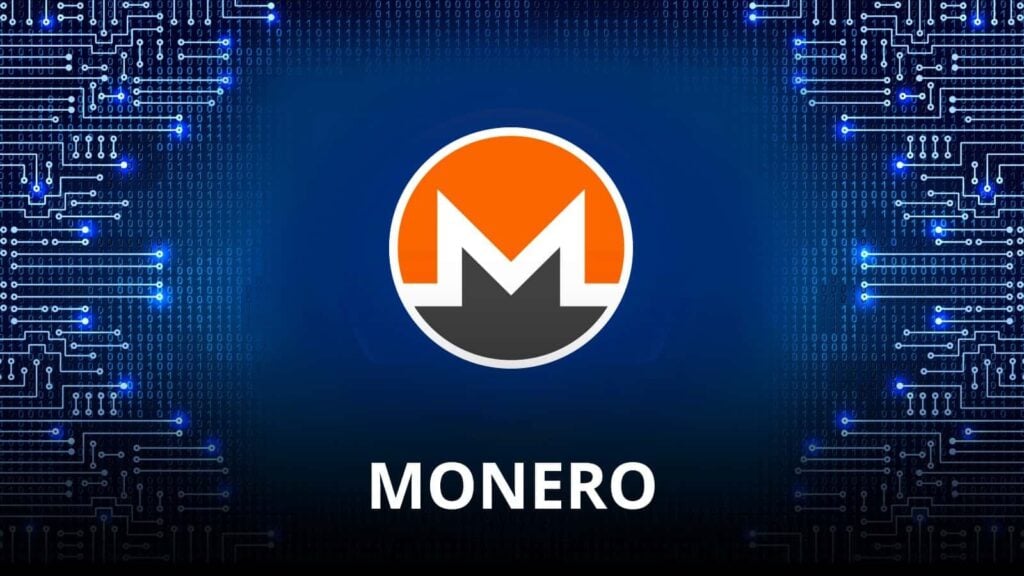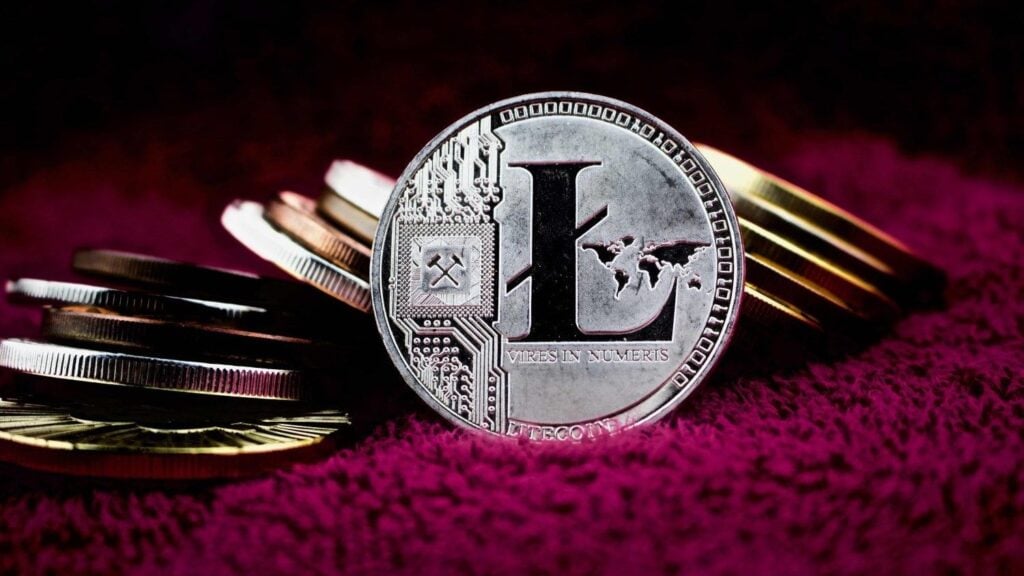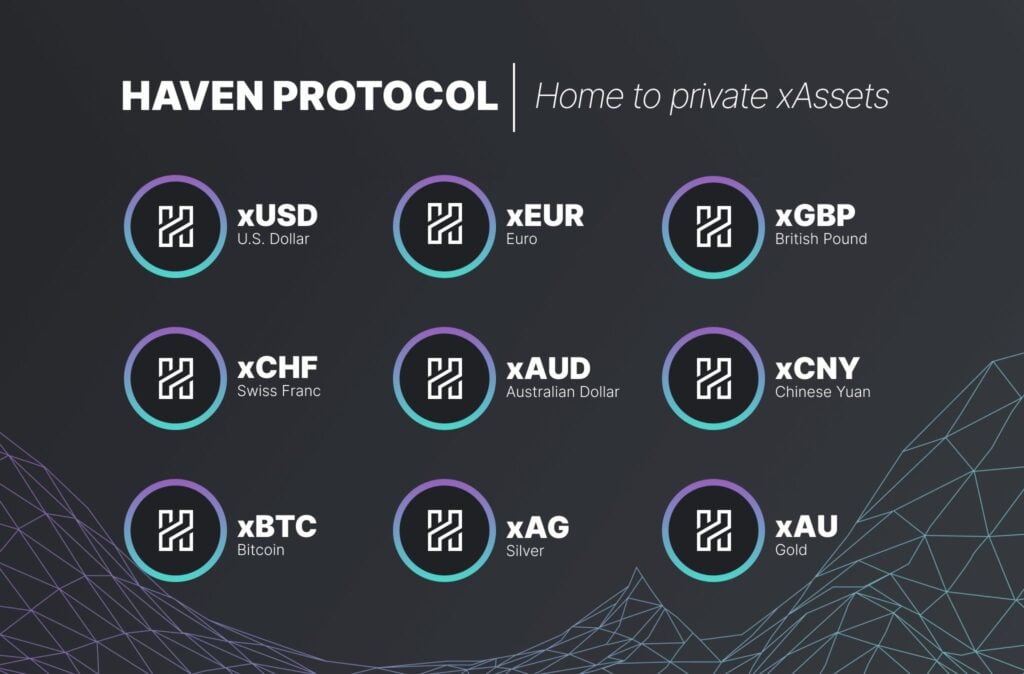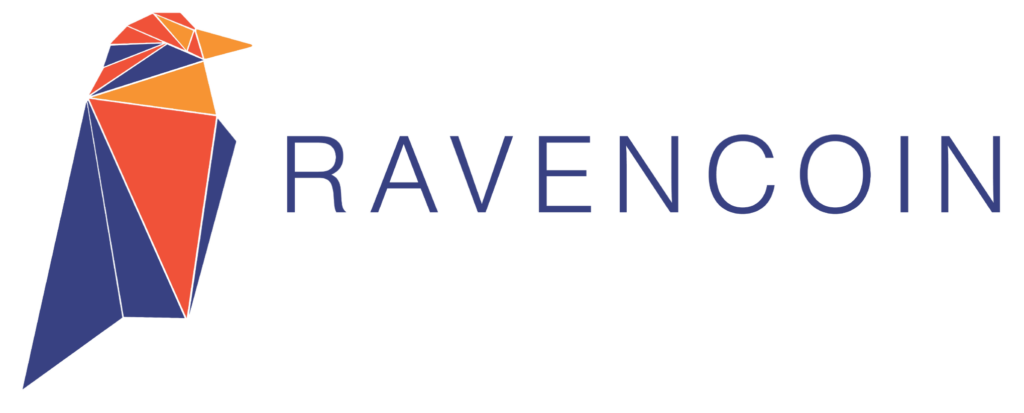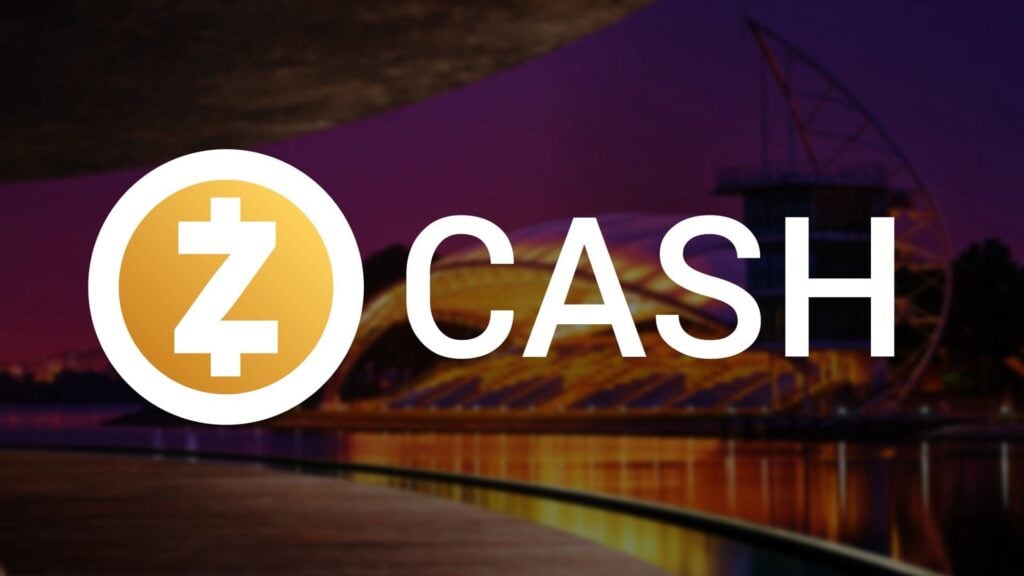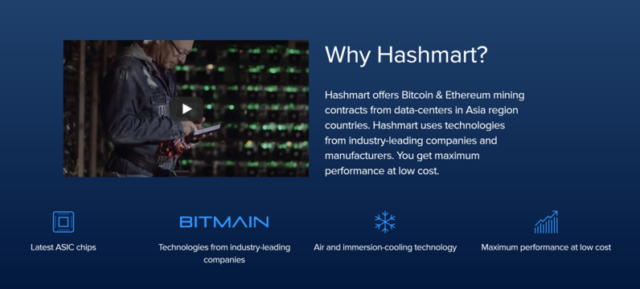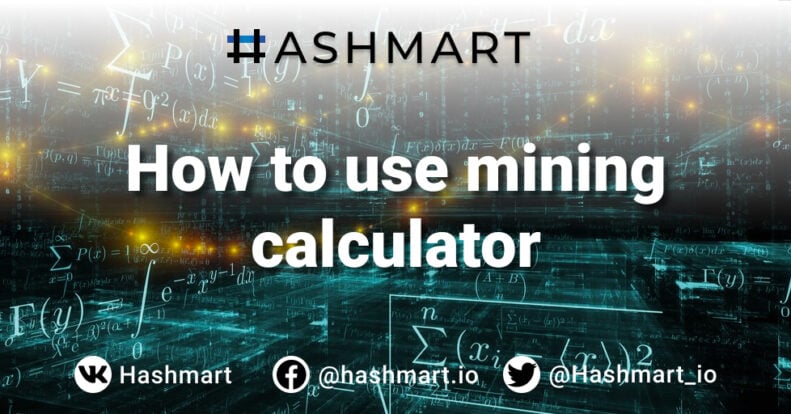The most promising altcoins for mining in 2022

The crypto market is constantly changing; while some coins remain popular for quite a long time, other altcoins quickly gain recognition among miners. Therefore, if you want to start digital assets mining, you need to be aware of changes in the set of coins that are best suited for mining in terms of investment ratio to potential profit. This article has ranked the best altcoins for mining in 2022.
Bitcoin Gold (BTG)
Algorithm: Equihash
Network hashrate: 1.66 megahash per second
Mining hardware: GPU
Current Price: $22.41
Bitcoin Gold is a fork based on the “original” Bitcoin. Bitcoin Gold was created with the goal of scaling the blockchain. Its developers advocated the adoption of a so-called proof-of-work algorithm called Equihash to ensure that large miners (especially those using ASICs) do not dominate the market over all other miners.
Bitcoin Gold has a replay protection feature that protects the network from attempts to double spend coins and transfer transactions to the Bitcoin network. BTG is listed on many cryptocurrency exchanges; that is, it has sufficient liquidity to sell the mined coins.
Peculiarities:
- It still takes 10 minutes to mine a BTG block, just like BTC;
- The block reward is 6.25 BTG;
- The most popular mining clients are GMiner, CUDA miner, EWBF Cuda Equihash Miner, and others supporting the Equihash algorithm.
Ethereum Classic (ETC)
Algorithm: Etchash
Network hashrate: 20.42 terahash per second
Mining hardware: GPU
Current Price: $25.82
Ethereum Classic is a cryptocurrency whose primary purpose is to maintain the “original” Ethereum (ETH) blockchain. It was launched in July 2016. It currently has a market capitalization of over $3.5 billion. The Ethereum Classic development team recently introduced a limit on the maximum supply of coins to 210 million ETC.
Ethereum Classic is one of the most historically famous hard forks of any blockchain that remains relevant today. Many features of Ethereum can be found in Ethereum Classic through the use of the same base code. Ethereum Classic differs in ideology from the goals of ETH, preferring to remain unchanged and retaining the aspiration to work precisely on the principle of Proof-of-Work. However, Ethereum will switch to Proof-of-Stake in a few months.
Peculiarities:
- Mainly mined with GPU miners Ethminer, Claymore Miner, FinMiner, GMiner, and NBMiner;
- Cryptocurrency can be mined using various pools, including Nanopool.org, 2Miners, Ethermine, f2pool, P2pool, and others;
- You can also mine on a VPS server;
- The Ethereum Classic block reward is 3.2 ETC. Each block is created every 10.3 seconds.
Dash (DASH)
Algorithm: X11
Network hashrate: 2.09 petahash per second
Mining equipment: ASIC
Current Price: $48.58
Dash was launched by developer Evan Duffield on January 18, 2014, under the original name XCoin, which was later changed to Darkcoin. On March 25, 2015, the project went through another rebrand to Dash, due to its goal of being “digital cash.” The unique aspect of Dash is the master node system. Recall that a master node is a special server with a complete copy of the Dash blockchain. Users with at least 1,000 DASH can manage masternodes that power multiple Dash features.
These features include InstantSend, which allows transactions to be fully confirmed within two seconds, and CoinJoin, a method of sequencing transactions that makes them harder to trace. In exchange for running master nodes, users receive a portion of the block reward from Dash mining. Dash uses a two-tier network structure to improve efficiency. The first level is the Proof-of-Work algorithm for mining. The second level is, in fact, the Dash master nodes themselves.
Peculiarities:
- Block reward – 3.11 DASH;
- Can be mined on relatively cheap ASIC miners from the secondary market;
- There is support for PrivateSend and InstaSend functions.
Monero (XMR)
Algorithm: RandomX
Network hashrate: 2.71 gigahash per second
Mining equipment: x86, x86-64, ARM and GPU, ASIC
Current Price: $152.53
Monero was one of the first cryptocurrencies to use cryptography, providing real privacy and fungibility advantages over available alternatives. Its key difference was the ability to allow users to send and receive transactions with sufficient encryption, so that information about them is not available to a third party.
Monero relies on two important concepts to ensure privacy and anonymity: stealth addresses and ring signatures. Stealth addresses allow the sender to generate a one-time public address on behalf of the recipient for every transaction. However, the recipient can still use one public address to receive all of their payments. Each Monero user generates a private view key and a private spend key. The first allows you to see all transactions associated with the crypto wallet, and the second is used to authorize payments.
Ring signatures are a concept from general cryptography and refer to a digital signature that can be certified by any member of a specific group of people with private keys. Every time you make an XMR transaction, your Monero wallet forms a ring from other users’ keys, which it pulls from the blockchain. No observer can determine whose key was used to sign, making the transaction anonymous.
Peculiarities:
- Investors do not need to invest a lot of money in buying expensive crypto farms to mine XMR. The coin can be mined using the processor;
- 1 XMR is mined every 24 seconds. The reward for miners per block is around 4.99 XMR;
- Can be mined in solo mining, as well as in pools. The most popular pools are MineXMR.com, SupportXMR.com, xmr.nanopool.org, and monero.crypto-pool.fr.
Litecoin (LTC)
Algorithm: Scrypt
Network hashrate: 404.15 terahash per second
Mining equipment: GPU, ASIC
Current Price: $57.96
Litecoin, created by former Google engineer Charlie Lee, was one of the first altcoins in the history of the crypto market. The purpose of the launch of Litecoin was to improve on the concepts that were previously laid out in Bitcoin by its anonymous creator Satoshi Nakamoto. Lee has developed a new hashing algorithm for Litecoin called Scrypt. A simpler algorithm supports high transaction speeds. For example, new blocks in the LTC blockchain appear every 2.5 minutes, while a similar process in Bitcoin takes 10 minutes.
Because of the low bandwidth, Bitcoin is still experiencing problems with promotion as a means of payment. Sometimes you can wait up to an hour for the six confirmations required for a transaction in BTC. While Litecoin also requires a minimum of six confirmations to transfer funds, LTC transactions are completed in seconds thanks to the faster search for new blocks.
Peculiarities:
- The block reward is currently 12.5 LTC. In four years, this amount will be halved during the halving procedure;
- LTC can be mined with Easy Miner, MultiMiner, GUIMiner Scrypt, CPUminer, CGminer Litecoin and Awesome Miner clients;
- Litecoin mining pools: Litecoinpool, MinerGate, LTC.top, Antpool. F2pool and ViaBTC.
Dogecoin (DOGE)
Algorithm: Scrypt
Network hashrate: 470.87 terahash per second
Mining equipment: GPU, ASIC
Current Price: $0.06
Dogecoin (DOGE) was created as a joke project and an alternative to “traditional” cryptocurrencies like Bitcoin back in 2013. The name and logo in the form of a Shiba Inu dog breed are based on a well-known meme. Unlike Bitcoin, which was designed to be scarce, Dogecoin is intentionally unlimited in supply. 10,000 new DOGE are mined every minute, and there is no maximum limit on the number of coins.
For most of its existence, Dogecoin was considered a funny “meme” loved by its community but of relatively little value. Everything changed in 2021: then in April, Dogecoin became one of the ten largest cryptocurrencies by market capitalization – the total value of coins in circulation exceeded $ 50 billion. A significant contribution to this event was made by billionaire Elon Musk, who began promoting the altcoin on his Twitter.
Peculiarities:
- The most popular DOGE mining clients are CudaMiner, Cgminer, and GUIminer;
- Block reward – 10,000 DOGE;
- Musk still mentions the coin from time to time, so there is a high probability that the hype around it will not subside for a long time.
Haven Protocol (XHV)
Algorithm: CryptoNightHaven
Network hashrate: 12.99 megahash per second
Mining equipment: GPU, CPU
Current price: $0.5
The Haven Protocol projects itself as a private and decentralized “offshore bank.” It can mine and burn tokens, allowing users to convert between the network’s native token, XHV, and an ecosystem of synthetic assets and algorithmic stablecoins. Haven is based on Monero. The project uses Monero’s privacy technologies to ensure the privacy of converting synthetic assets into its native token.
Currently, the platform allows you to convert Haven cryptocurrency into synthetic assets directly from your wallet. The platform supports xUSD, xCNY, xAU (gold), or xBTC tokens, with easy and fast conversion between them.
Peculiarities:
- The presence of synthetic assets tied to real currencies, gold, and silver, allows you to stably store mined coins without the risk of fluctuations in the XHV exchange rate;
- Haven Protocol mining pools: Hero Miners, Miner Rocks, Fracking Miner, Hashvault, FairPool, and Hashpool;
- Altcoin can be mined using the software used to mine Monero.
Ravencoin (RVN)
Algorithm: KawPow
Network hashrate: 2.32 terahash per second
Mining equipment: GPU, CPU
Current Price: $0.02
Ravencoin is a blockchain designed to allow anyone to issue tokens on their network, as long as the primary use of the token is payments. The Ravencoin infrastructure is based on a fork of Bitcoin. The project offers token issuers an alternative to blockchains focused on smart contracts. Ravencoin highlights its decentralized consensus mechanism and security model as its main advantage over other platforms.
Backed by Medici Ventures, a subsidiary of Overstock, the Ravencoin crypto project was launched in 2018 along with its RVN token without an ICO or pre-sale. Since Ravencoin did not have a funding campaign, the RVN tokens in their general offer were not reserved for developers or employees of Medici Ventures. In 2020, the project team created the Ravencoin Foundation organization with the goal of becoming independent from Medici Ventures. The Ravencoin crypto protocol is open source, so almost anyone can run, modify, and contribute to its development.
Peculiarities:
- It cannot be mined with ASICs, allowing altcoin to be mined with relatively low initial hardware costs;
- Popular clients for mining Ravencoin: BMiner, NBMiner and DamoMiner;
- Ravencoin can be mined on various mining pools, including 2Miners, Blocksmith, Bsod, Coinotron, Flypool, HeroMiners, Skypool, MiningPoolHub, Nanopool, Suprnova, and WoolyPooly;
- The time to search and add a new block is approximately 1 minute, and the block reward is fixed at 5,000 RVN.
Zcash (ZEC)
Algorithm: Equihash
Network hashrate: 8.34 gigahash per second
Mining equipment: CPU, GPU
Current price: 59.62
Zcash is a privacy-focused blockchain-based payment network that uses Zero Knowledge Proofs (ZKP) to secure transactions by making the content of transfers private. The Zcash project was created based on the Zerocash protocol after the fork of Bitcoin in 2016.
ZKPs are the product of a cryptographic concept that was developed back in 1980. They allow two parties to verify information from each other without exchanging the underlying data associated with that information. For example, you can prove that you are over 21 without revealing your actual date of birth (or any other extraneous information that some forms of identification, such as a driver’s license, may contain).
Since its fork in 2016, Zcash has continued to improve and expand its ecosystem. Significant improvements over the past couple of years include the Halo upgrade, a “trustless recursive” version of ZKP; the release in 2020 of a fully functional open source Zcash wallet, and the activation of the Heartwood Network Upgrade.
Peculiarities:
- Cannot be mined with ASIC. Best mined on GPUs with the EWBF Zcash Miner. Can be mined on processors;
- GPU miners can use Optiminer and EWBF Cuda software for optimization. You can also use the GUI miner, console, and Android mining app;
- The most famous pools are Flypool, Nanopool and Slushpool;
- The block reward every 75 seconds is 3.125 ZEC.
How to mine without investments?
The above coins require purchasing and setting up various crypto farms, from relatively cheap central processors to expensive ASICs. Luckily, if you don’t have thousands of dollars to invest in such a “gamble,” you can still profit from cloud mining. To do this, it is enough to invest in one of the tariffs of our Hashmart.io platform!
Cloud mining is designed so that the investor can only make a profit from his source of passive income. We take care of all the hassle associated with setting up and maintaining crypto farms. With Hashmart, you can participate in Bitcoin mining, the most popular and trusted cryptocurrency in the entire digital asset industry. Register right now so as not to miss a profitable opportunity to invest in cloud mining; you can check the reviews of our other investors on the Trustpilot platform.

